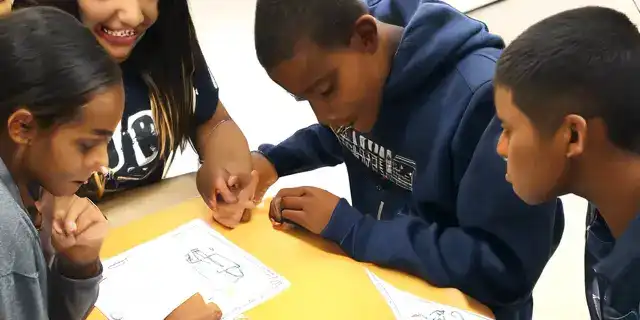Community Hubs: Schools as Future Centers
Emily Willis
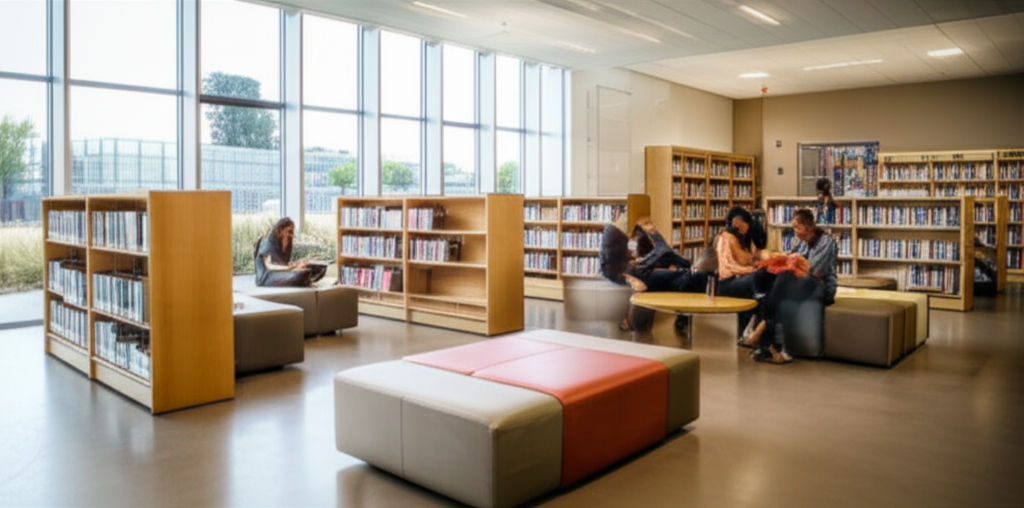
Photo: Community Hubs: Schools as Future Centers
The Heart of Our Neighborhoods: Schools as Future Community Hubs
For generations, schools have been the bedrock of our communities – places where children learn, grow, and forge lifelong friendships. But what if schools could be even more? Imagine a future where your local school isn't just a place for education from 8 AM to 3 PM, but a bustling center, a true community hub that serves everyone, from toddlers to seniors, from dawn till dusk. This isn't a far-fetched dream; it's a growing movement to transform schools into vibrant future centers that uplift entire neighborhoods.
Traditionally, schools operate as isolated institutions, primarily focused on K-12 education. However, a powerful shift is underway. The concept of schools as community centers envisions these vital spaces as dynamic focal points, offering a wide array of services and opportunities that extend far beyond the traditional classroom. This evolution aims to strengthen social connections, enhance learning environments, and address the diverse needs of modern communities. The benefits are profound, fostering improved learning and development for children, establishing supportive networks for caregivers, and enhancing broader community cohesion.
Beyond the Classroom: What Exactly is a School Community Hub?
So, what exactly does a "school community hub" entail? It's a transformative approach where the school building and its resources are utilized to serve the broader public, becoming an integrated center for various activities and services. Think of it as a "one-stop shop" where education, health, social support, and recreational activities converge under one familiar roof. This model moves beyond the idea of a school as just a place for students, embracing it as a shared space for collective well-being and community engagement.
Such a hub might offer:
- Lifelong learning opportunities for adults.
- Health and wellness services.
- Spaces for social gatherings and recreational activities.
- Family support programs.
- Resources for local services and civic participation.
The goal is to foster a sense of belonging and provide accessible resources that cater to the diverse needs of community members of all ages.
Why Now? The Growing Need for Community Hubs
The idea of schools as future centers isn't new, but its urgency has never been more apparent. Modern society faces increasing complexities, from economic pressures and declining public spaces to the need for more accessible services and stronger social ties. This growing need is a key driver behind the push for schools to evolve into comprehensive community hubs.
Consider these compelling reasons why this transformation is so vital:
- Bridging Service Gaps: Many communities struggle with fragmented services, making it difficult for families to access essential support like healthcare, counseling, or adult education. By co-locating services within schools, these hubs offer a convenient and familiar point of access, reducing barriers for those who need support most. For instance, school-based health centers can provide primary care, mental health services, and even dental and vision care, eliminating health-related obstacles to learning.
- Fostering Lifelong Learning: In our rapidly changing world, learning doesn't stop after graduation. Lifelong learning is crucial for personal and professional growth, enabling individuals to adapt to new technologies and career paths. Schools as hubs can provide adult education classes, vocational training, and workshops, ensuring that learning opportunities are available to everyone, regardless of age or background.
- Strengthening Social Cohesion: Schools are often the most universal public space in a neighborhood, bringing together diverse groups for various events. By expanding their role, these hubs can cultivate stronger support networks and connections, fostering a sense of belonging and improving mental health for students, families, and community members alike. This is especially impactful in disadvantaged communities where access to resources and community contact might be limited.
- Maximizing Resource Utilization: School buildings and facilities often sit empty outside of school hours, representing a significant underutilized asset. Transforming them into future centers allows for more efficient use of public resources, potentially saving costs and reducing duplication of services. Imagine school gyms hosting community sports leagues, auditoriums staging local performances, or classrooms offering evening language classes.
- Supporting Holistic Development: Recognising that a child's well-being extends beyond academics, community hubs can address the physiological, psychological, and relational needs of students and their families. This holistic approach ensures that students are in an optimal state to learn, leading to improved academic outcomes, better attendance, and positive behavior.
The Pillars of a Thriving School Community Hub
A successful school community hub isn't just a collection of services; it's a carefully designed ecosystem built upon several key pillars that cater to the diverse needs of its general/mass audience. These pillars work in concert to create a truly integrated and supportive environment.
Educational Expansion: Lifelong Learning for All Ages
The core of any school remains education, but in a community hub, this expands dramatically. It's about fostering a culture of lifelong learning that transcends age and formal schooling.
- Adult Education & Skill-Building: Offering evening classes for GED completion, vocational training, digital literacy workshops, or even hobby classes like pottery or coding. This helps adults gain new skills for employment or personal enrichment.
- Parenting Programs: Providing workshops on child development, positive parenting strategies, or navigating the school system. This empowers parents and strengthens family engagement in education.
- Early Childhood Programs: Hosting playgroups, preschools, and kindergarten readiness programs directly within the school, ensuring a smooth transition for young children into formal education.
Health & Wellness: A Holistic Approach
A healthy community is a thriving community. School community hubs can play a crucial role in promoting community well-being by providing accessible health and wellness services:
- School-Based Health Centers: Offering primary medical care, mental health counseling, dental screenings, and vision services directly at the school. This is especially beneficial for low-income communities.
- Fitness & Nutrition Programs: Utilizing school gyms and fields for community exercise classes, sports leagues, and offering workshops on healthy eating and cooking.
- Mental Health Support: Providing on-site counseling services for students and families, and acting as a referral point for external mental health professionals.
Social & Recreational Spaces: Building Connections
Schools often boast impressive facilities that can be repurposed for broader community engagement and social interaction.
- Community Gardens: Creating shared green spaces where residents can grow food and connect with neighbors.
- Sports Facilities: Opening up gymnasiums, athletic fields, and swimming pools for community use outside of school hours.
- Art & Performance Spaces: Utilizing auditoriums, music rooms, and art studios for local theater groups, art classes, and community events.
- Meeting Rooms: Providing spaces for local clubs, non-profits, and civic groups to hold meetings and workshops.
Family & Child Support: A Network of Care
Beyond direct education, school hubs can offer a vital network of support for families, addressing various needs that impact a child's ability to learn and thrive.
- After-School & Holiday Programs: Offering safe, enriching environments for children when school is not in session, including tutoring, recreational activities, and homework help.
- Food Banks & Nutrition Support: Partnering with local organizations to provide food assistance and healthy meal programs for families in need.
- Parent-Teacher Associations (PTAs) & Family Resource Centers: Dedicated spaces and resources for parents to connect, access information, and get support.
Economic & Civic Engagement: Empowering Local Growth
Community hubs can also contribute to the economic vitality and civic life of a neighborhood.
- Job Training & Career Development: Collaborating with local businesses and vocational schools to offer skill-building programs and career counseling.
- Small Business Incubation: Providing affordable meeting spaces or resources for local entrepreneurs.
- Civic Meetings & Volunteer Opportunities: Hosting town hall meetings, voter registration drives, and facilitating volunteer initiatives that strengthen the community's fabric.
Bringing the Vision to Life: Practical Steps for Creating Community Hubs
Transforming a school into a thriving community hub requires careful planning, dedication, and, most importantly, collaboration. It's not a one-size-fits-all solution, but there are actionable steps that can guide this exciting journey.
- Start with a Community Needs Analysis: Before anything else, understand what your community truly needs and wants. Conduct surveys, hold town hall meetings, and engage with diverse groups – parents, students, seniors, local businesses, and community organizations. What services are lacking? What facilities are underutilized? This foundational step ensures the hub genuinely serves its intended audience.
- Forge Strong Partnerships: No single entity can build a successful community hub alone. Partnerships are absolutely crucial.
- Local Government: Work with municipal leaders for policy support, funding, and coordination of services.
- Non-Profit Organizations: Collaborate with existing charities, social service agencies, and community groups that can offer expertise and programs.
- Local Businesses: Engage businesses for sponsorships, job training opportunities, and shared resources.
- Healthcare Providers: Partner with hospitals, clinics, and mental
Latest ✨
View AllThe integration of technology in education is essential in today's rapidly evolving educational landscape. It increases engagement, encourages personalized learning, provides access to global resources, prepares students for future careers, and facilitates collaboration and communication.
Emily Willis
threat of cybersecurity breaches in today's digital age, highlighting factors contributing to the rise in cyberattacks such as increased reliance on technology, evolving threats, remote work, and profit motive for cybercriminals.
Emily Willis
The gig economy demands new skills. Discover how continuous education is your superpower for flexible, successful careers in the evolving world of work.
Emily Willis
The digital economy is rapidly changing the job market, with trends such as remote work, the gig economy, automation, e-commerce, cybersecurity, digital skills, and changes in traditional industries having significant implications. These trends offer both opportunities and challenges, requiring individuals and organizations to adapt by embracing flexibility, investing in continuous learning, and staying abreast of technological advancements in order to thrive in this evolving landscape.
Emily Willis
Business
View All
August 4, 2024
Effective Digital Marketing Strategies for MSMEs: Tips and Tricks to KnowSmall and medium-sized enterprises (SMEs) face challenges and opportunities in digital marketing. By building a strong online presence, leveraging social media, implementing email marketing, investing in PPC advertising, and analyzing performance, MSMEs can attract more customers and achieve growth. Embracing these strategies can help MSMEs succeed in the competitive digital landscape.
Emily Willis

June 8, 2025
Secure Venture Capital FundingDemystify venture capital funding! This guide helps aspiring entrepreneurs secure VC, understand its benefits, and determine if it's right for their high-growth...
Emily Willis

June 8, 2025
Build an Ethical BusinessUnlock sustainable success by building an ethical business. Learn how integrity fosters trust, attracts top talent, and ensures long-term profitability.
Emily Willis
Economy
View AllUnlock the secrets of national budget deficits & surpluses. Discover their direct impact on taxes, public services, jobs, and your nation's economic future.
Read MoreInfrastructure development is crucial for driving economic growth and regional integration by improving connectivity, facilitating trade, and enhancing quality of life. Investments in transportation networks and digital infrastructure support businesses in accessing larger markets and capitalizing on trade opportunities. Well-developed infrastructure simplifies trade processes and attracts industries to specific regions, promoting economic development. Access to essential services and urban infrastructure improves quality of life and fosters sustainable urbanization. Green infrastructure projects support environmental conservation and contribute to sustainable development goals. Overall, strategic investments in infrastructure are essential for building resilient, inclusive, and prosperous communities in the global economy.
Read MoreThe world of international trade is facing disruption due to rising protectionism, geopolitical tensions, technological advancements, shifting consumer preferences, and the rise of e-commerce. This has led to higher prices for consumers, disrupted supply chains, job losses, and reduced economic growth.
Read MoreEntertainment
View All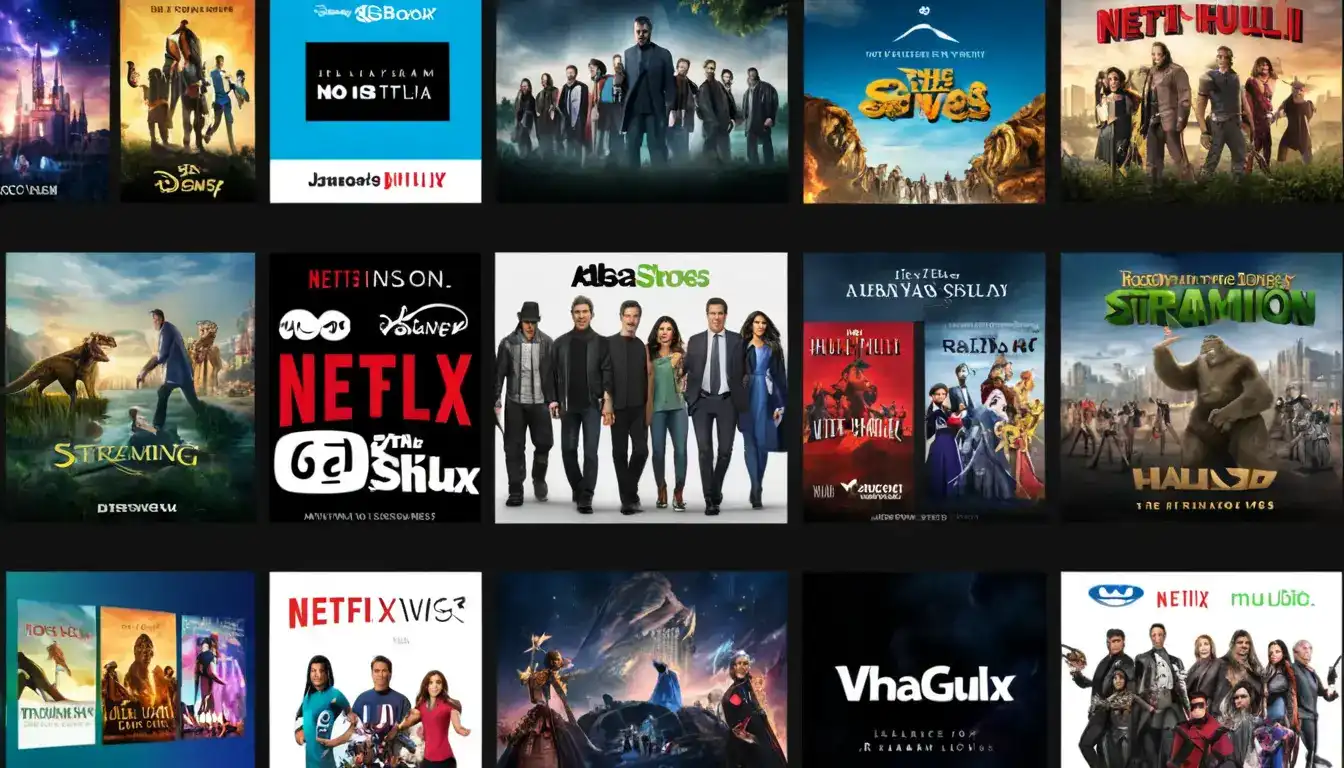
August 4, 2024
The Evolution of Streaming Services Such as Netflix, Disney+, Hulu, and the Implications for the Traditional Entertainment IndustryThe rise of streaming services has revolutionized the entertainment industry, offering on-demand access to a vast library of content through internet-connected devices. Platforms like Netflix, Disney+, and Hulu have diversified their content libraries, reshaped consumer behavior, and challenged traditional distribution models. Technological advancements have enhanced streaming experiences, while economic and cultural implications have led to global market expansion and increased investment in original content production. The future of the streaming industry will be shaped by competition, convergence of media and technology, and the need for adaptation to changing consumer preferences. Embracing digital transformation and strategic partnerships will be crucial for stakeholders in navigating the evolving landscape of modern entertainment.
Emily Willis

August 4, 2024
The Evolution of Digital Distribution in the Music Industry: Challenges and OpportunitiesThe music industry has been transformed by digital distribution, which allows quick access to a vast catalog of music through streaming services and online stores.
Emily Willis

August 5, 2024
Music Universal Language: Connecting and Inspiring Across CulturesMusic has the power to transcend language barriers and connect people on a deep emotional level. It serves as a bridge between cultures, fostering understanding and appreciation for diversity. The universality of rhythm and melody creates a sense of unity, while the diversity of musical styles allows for exploration and creativity.
Emily Willis
Health
View Allpreventive health measures in promoting longevity and enhancing quality of life. It discusses essential strategies such as maintaining a balanced diet, regular physical activity, adequate sleep, stress management, regular health screenings, immunizations, avoiding harmful substances, and prioritizing mental health.
Emily Willis
our minds are often overwhelmed with information and stimuli, leading to stress and anxiety. Mindfulness and meditation offer tools to cultivate inner peace and well-being. Mindfulness involves being present in the moment without judgment, while meditation involves focusing attention on an object or thought.
Emily Willis
A healthy lifestyle is crucial for enhancing overall quality of life in today's fast-paced world. It involves habits such as a nutritious diet, regular exercise, adequate sleep, stress management, and avoiding harmful substances. Benefits include improved physical health, enhanced mental well-being, increased energy levels, better sleep quality, and longevity. Implementing healthy habits gradually, staying consistent, seeking support, and monitoring progress are key steps towards a healthier lifestyle. Prioritizing a healthy lifestyle is not just about adding years to life but about adding life to years, leading to a more fulfilling and vibrant life.
Emily Willis
Trending 🔥
View All
1
2
3
5
6
7
8
9
10
Sports
View AllAugust 5, 2024
Celebrating Sports Legends: Honoring Iconic Figures and Their Enduring Impact
Read MoreTechnology
View All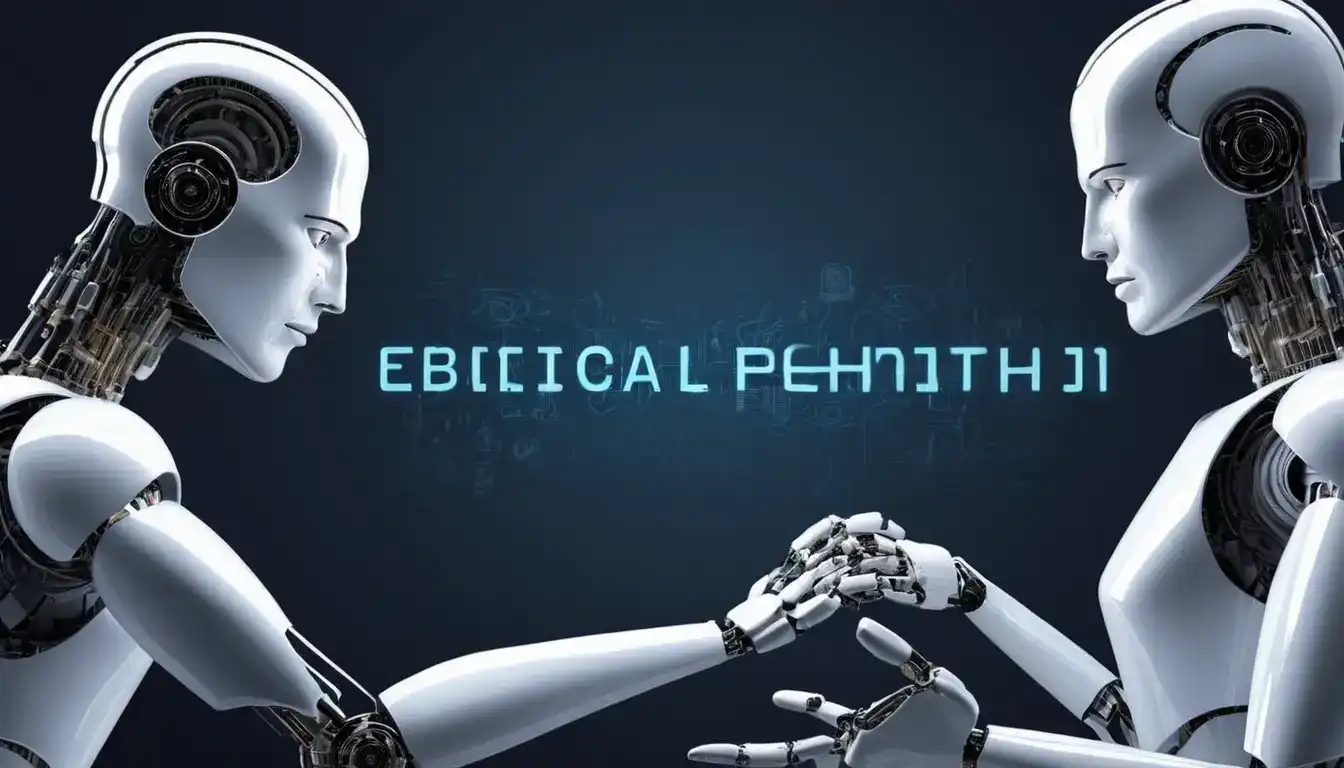
August 5, 2024
Ethical Challenges in AI Development and Use
Artificial Intelligence (AI) has evolved rapidly from science fiction to reality, offering immense potential but also presenting significant ethical challenges.

August 4, 2024
The Role of 5G Technology in Revolutionizing Communication
The introduction of 5G technology is set to revolutionize communication by offering faster speeds, lower latency, and increased capacity for connecting devices. This technology will impact various sectors such as healthcare, transportation, and entertainment. 5G enhances communication through faster speeds, lower latency, and increased capacity, enabling applications like remote surgery, autonomous vehicles, and high-quality streaming.
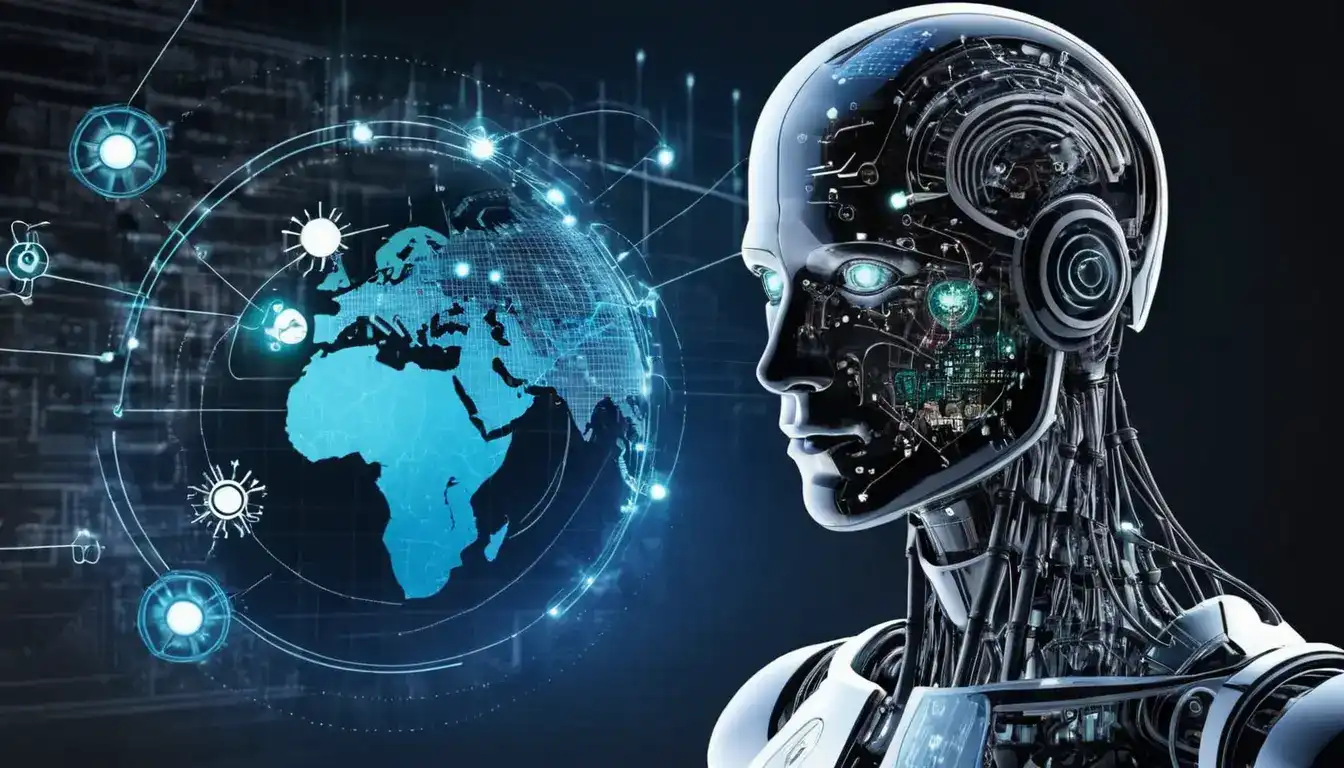
August 5, 2024
AI Applications that are Changing the World Around Us
Artificial Intelligence (AI) is no longer a concept from science fiction, but a reality that is reshaping the world around us. From virtual assistants to self-driving cars, AI is making significant impacts in various industries such as healthcare, education, transportation, and agriculture. AI is also being used to address environmental challenges and enhance customer experiences.
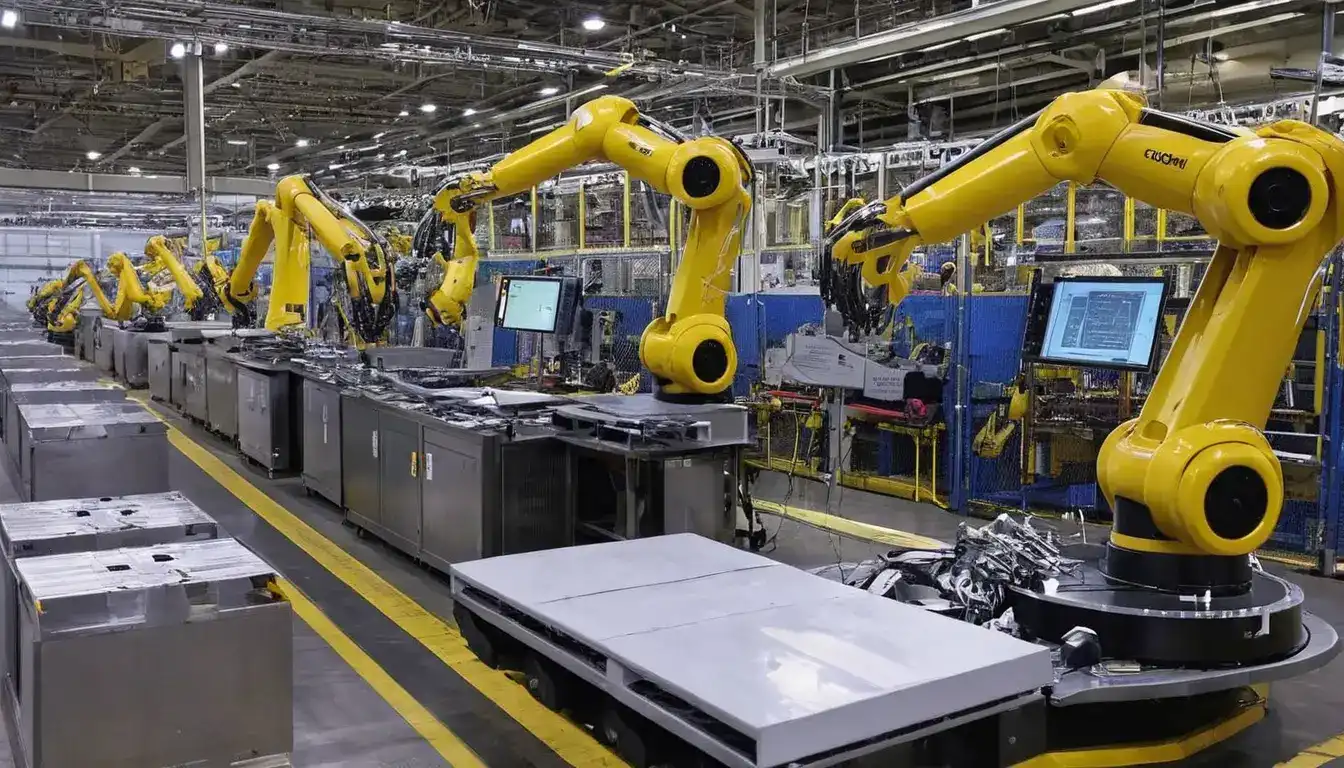
August 4, 2024
AI-Powered Robots Take Over Manufacturing Jobs: Is Our Workforce Prepared?
AI-powered robots are transforming the manufacturing industry, leading to increased efficiency and improved product quality. While concerns about job displacement exist, AI is more likely to transform jobs rather than eliminate them.









